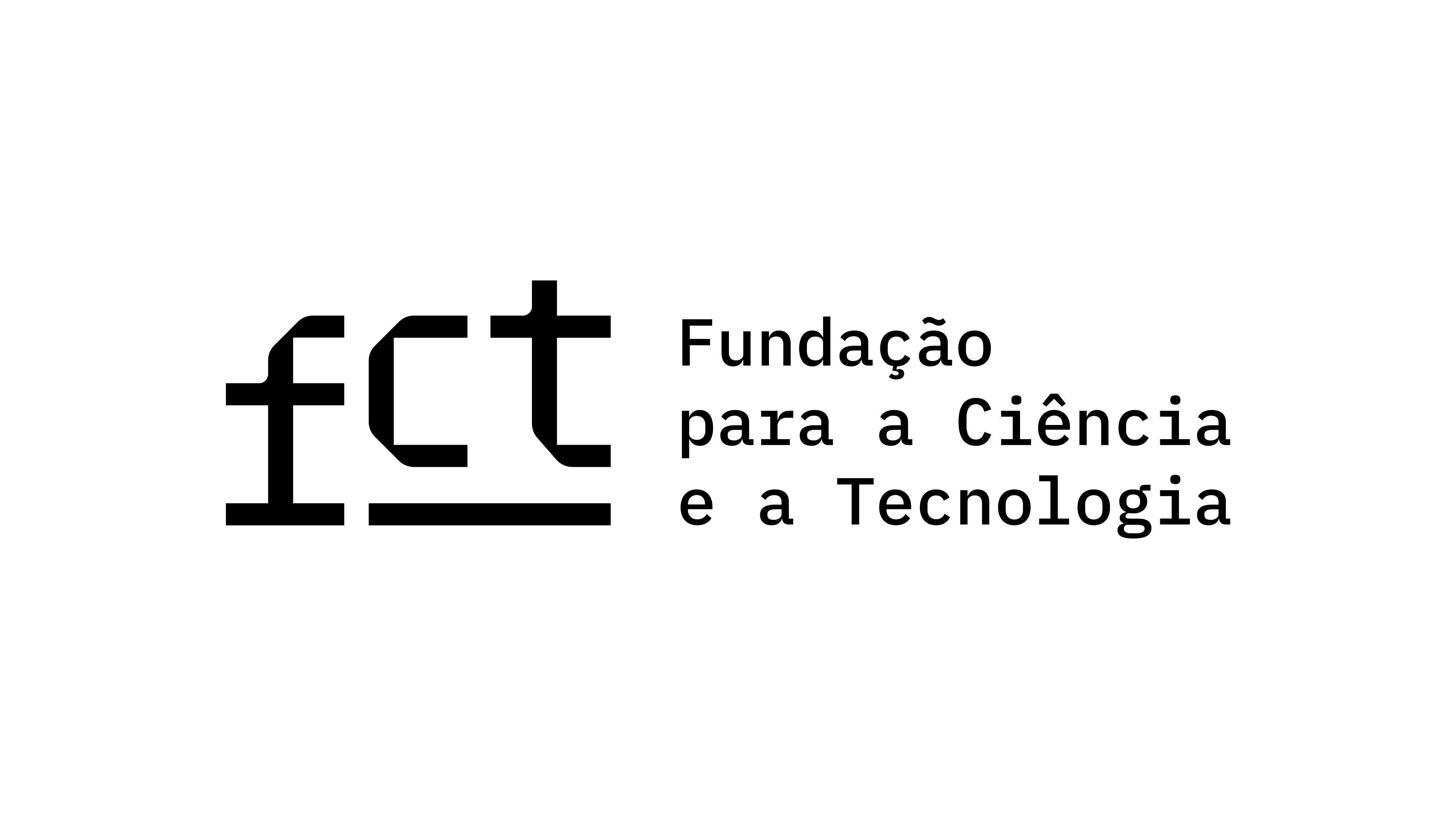Phenomenological Imagination, Ethics, and Empathy: The Case of Epilepsy
Keywords:
Film, Representation, Empathy, Phenomenology, EpilepsyAbstract
In this article, I explore the links between the cinematic development of representations built around iconographies of the body and the empathetic imagination related to epilepsy in fiction films. Accounts of epilepsies continue to associate these neuro-electrical disorders with an unsettling “otherness.” Many cinematic representations of epileptic disorders still channel mythical divinity, madness and vulnerability, thus reinforcing stigma. Jerking bodies and falls have fashioned a stereotyped choreography of epilepsy used by various entertainment industries.
This embodiment of the uncanny and its role in generating a reductive normativity of epileptic portrayals in films calls for viewers and, to some extent, filmmakers, to question their perspective on disease stereotyping. How can kinaesthetic simulations of neurological portrayals unreflective of a person’s emotions lead to empathy? Can existing movie portrayals of epilepsy encapsulate synergies between various emotional and empathetic elements of phenomenological acting, viewing, and filmmaking? To offer alternative movie portrayals it is important to examine these intricate relationships, and to gain an understanding of the complexities attached to a much-feared disease.
I therefore examine aspects of epilepsy as translated by medical observers as well as potential perceptions of spectators experiencing acted performances of physical symptoms associated with the disease. The supporting film scenes, extracted from five movies: The Last King of Scotland, Augustine, The Infernal Cake-Walk, Control, and Electricity. These movies link visual objectivity and the appropriation, by both the medical world and the entertainment industry, of a seemingly unmanageable body. The extracts from these films outline medical, sociological, intellectual, phenomenological and artistic ramifications associated with the multiplicity of symptoms telling of epilepsy. I thus focus on the visuality of depictions of epilepsy performed in films by actors who are presumably not afflicted by the disease and I highlight audiences’ latent perceptions correlated to empathetic and affective imagination.





